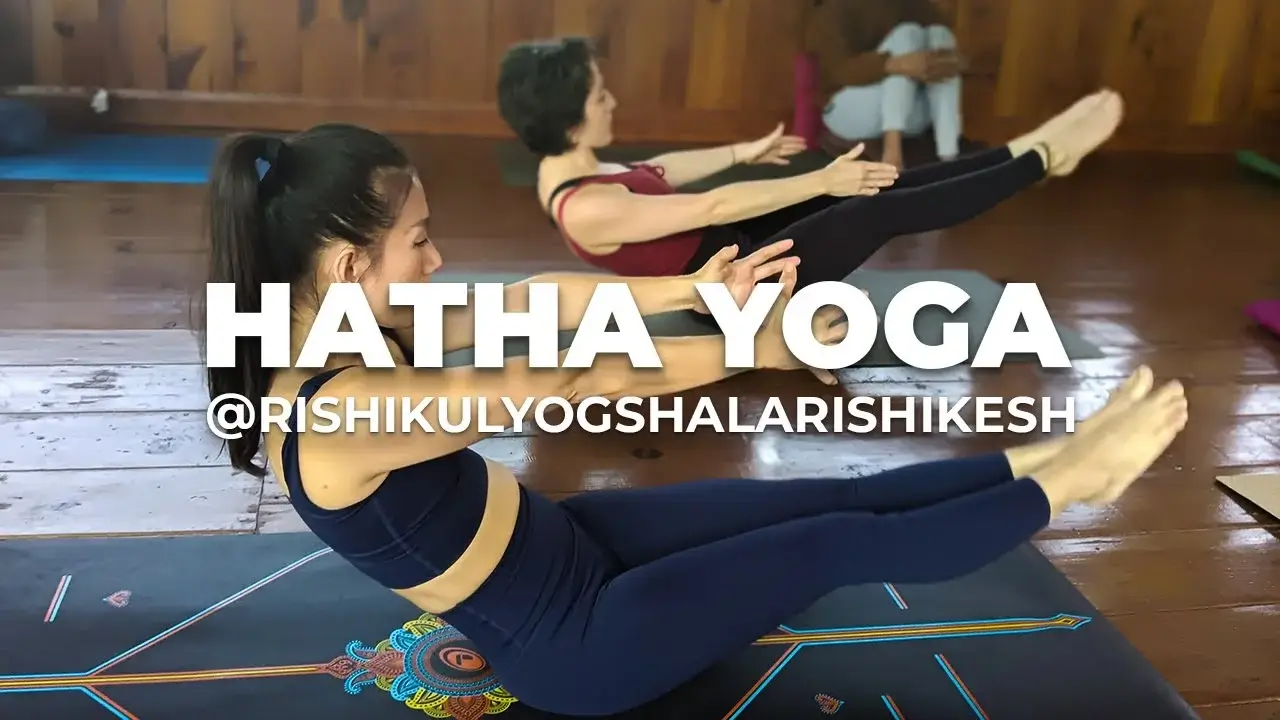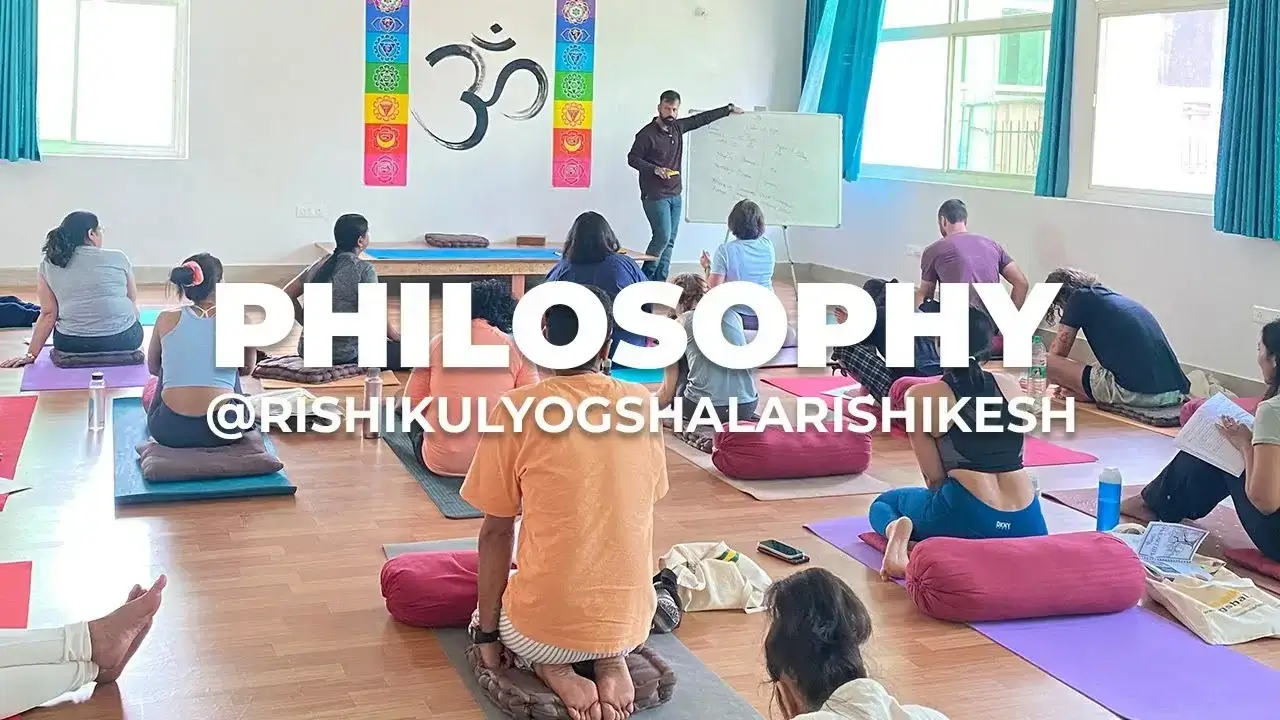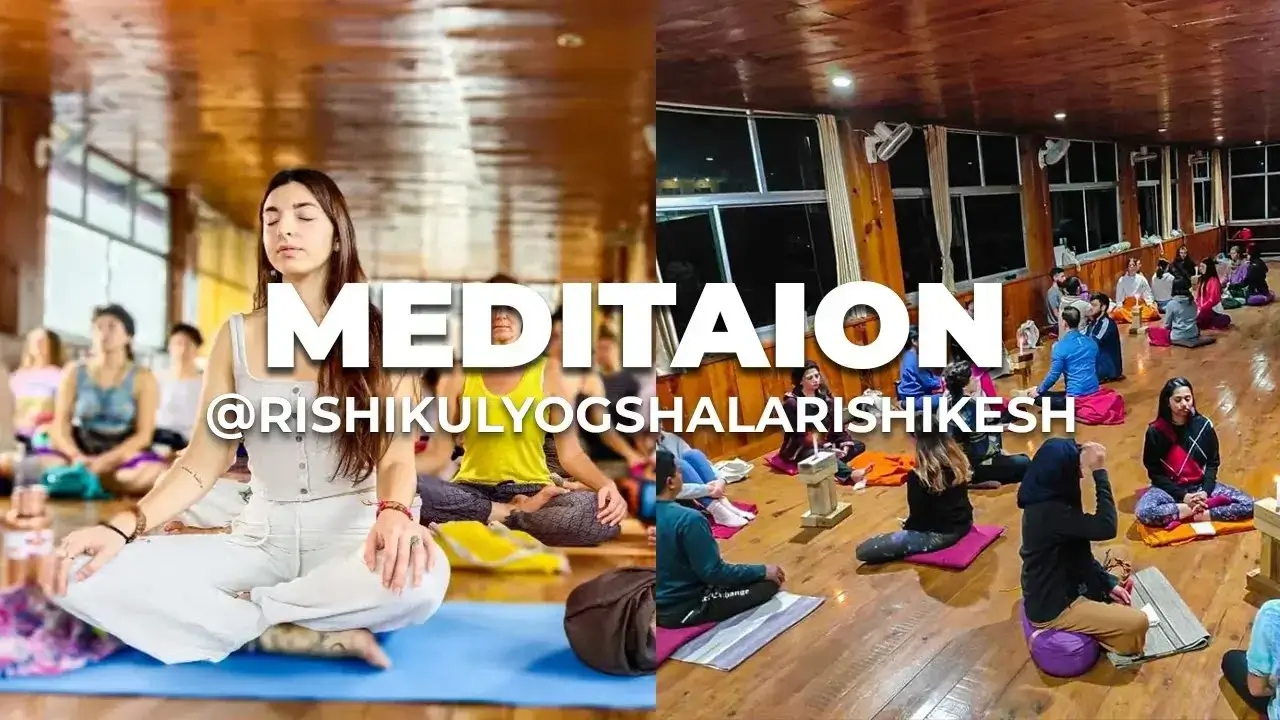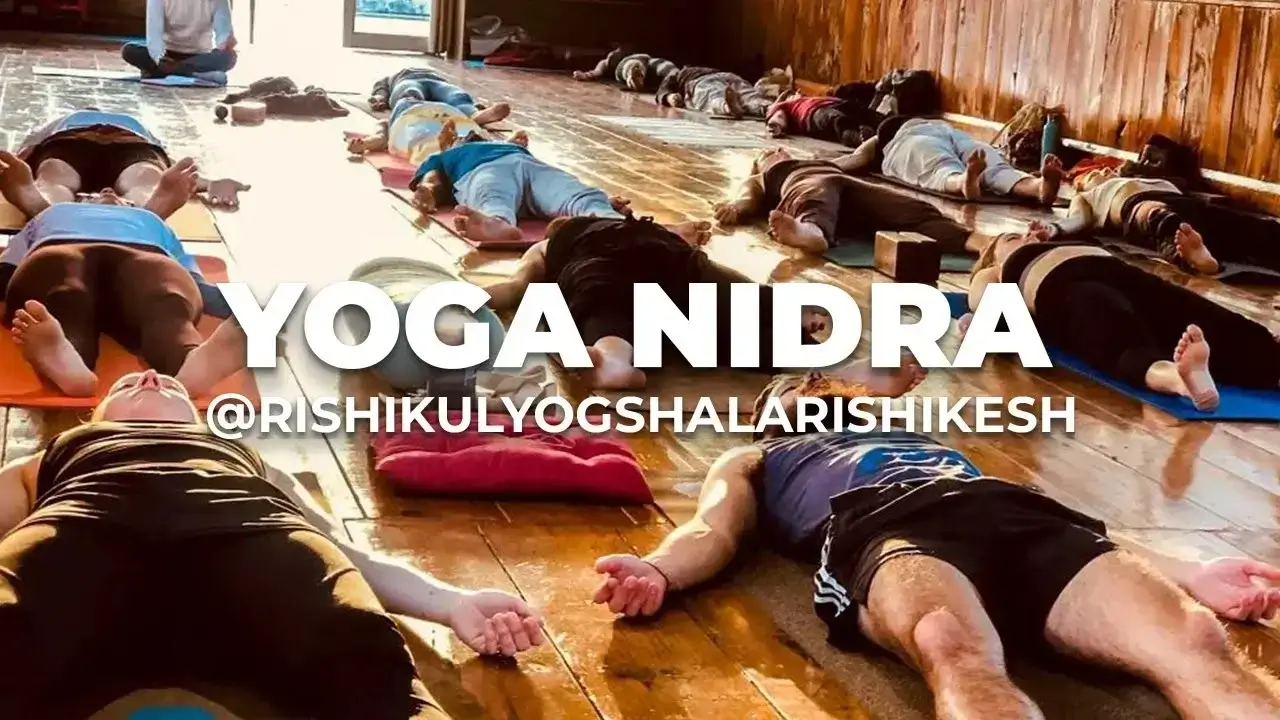What You Will Learn In Yoga Teacher Training Courses
Gain in-depth knowledge of yoga asanas, pranayama, meditation, anatomy, philosophy, and teaching methodology for a complete transformationWe believe in sharing authentic classical yogic practices with the world. Hence, we have curated our curriculum according to the guidelines set by Yoga Alliance USA and Yoga Alliance International. Each of our yoga teachers is of International Repute and has years of personal practice behind their wisdom. We offer yoga teacher training classes led by experts at an affordable cost.
"Our Curriculum ensures that our students don’t just get to practice Yoga, but Experience Yoga in its purest form."


























